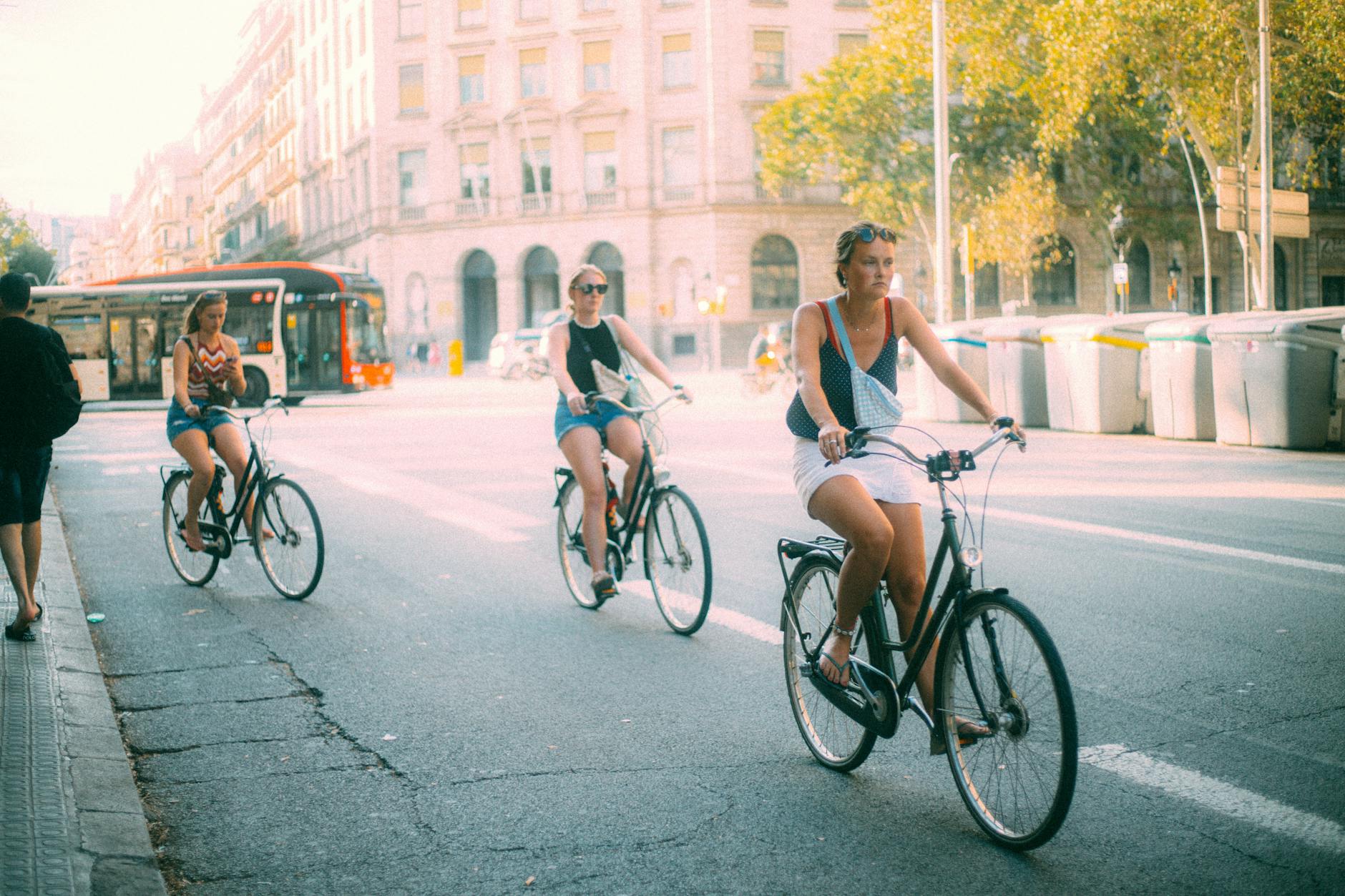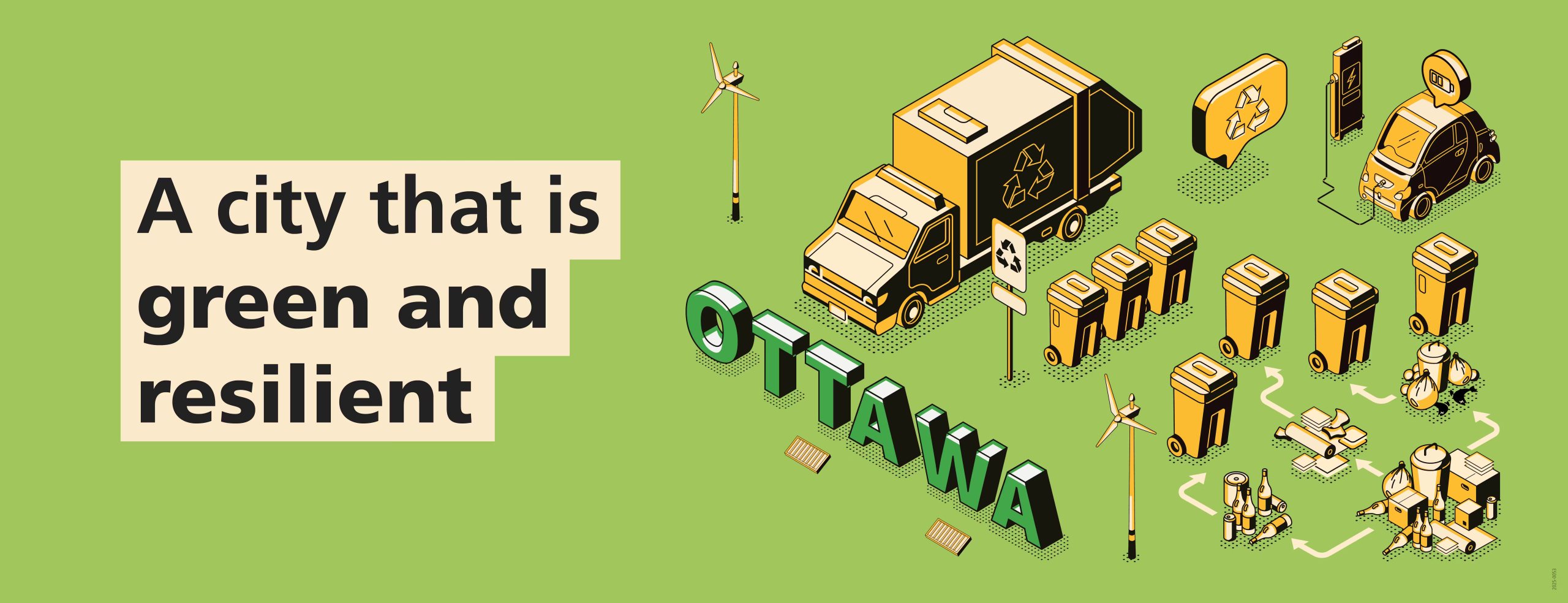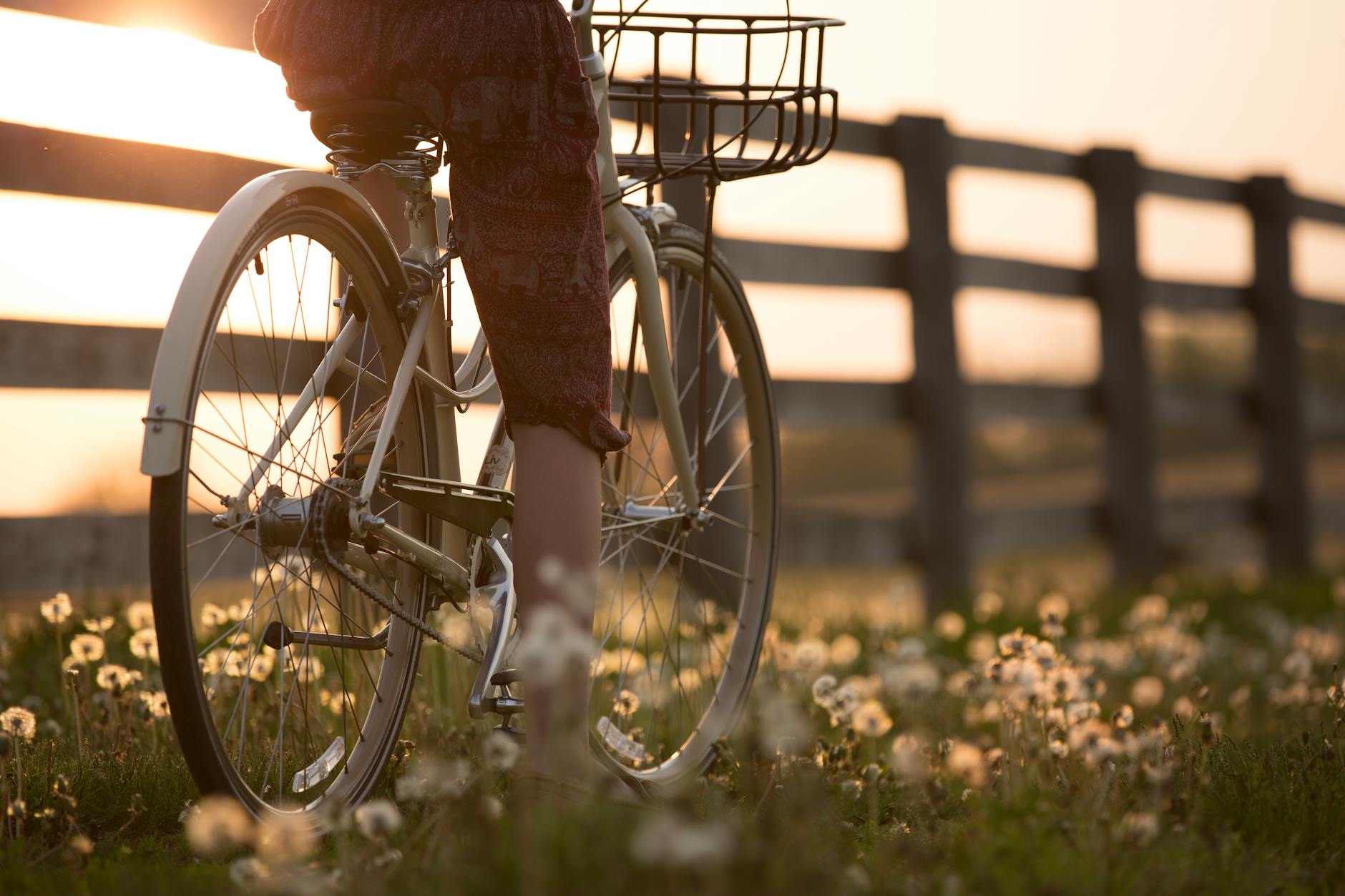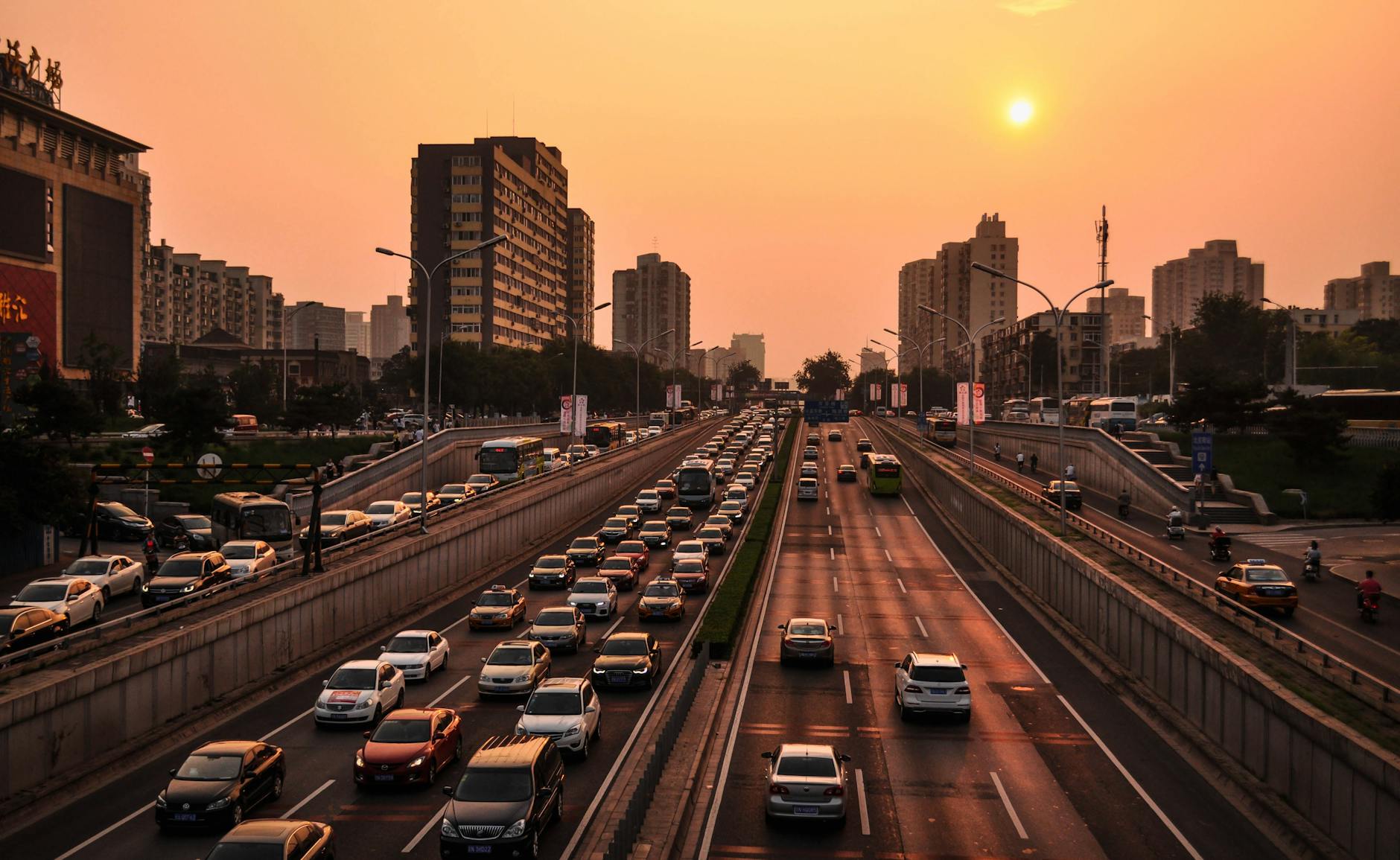
By focusing on active mobility and becoming a transit-first city, Ottawa has enormous potential to shift away from car dependence by reorienting infrastructure, policy, and land use toward walking, cycling, and transit. Below are ten revolutionary interventions that could reshape how Ottawa moves—dramatically reducing car mode share and making sustainable options the default choice for most trips.
1. Build a Complete, Citywide Protected Bike Grid
What to do: Design and implement an all-season network of protected, separated bike lanes that connect every ward, prioritizing routes to schools, transit stations, and commercial corridors. This network should feature physically protected intersections, snow-cleared paths, and strong wayfinding.
Why it works: Safety is the #1 reason people don’t bike. Where cities like Paris and Vancouver have installed citywide protected lanes, cycling mode share has doubled or tripled within a few years. Ottawa’s current fragmented bike infrastructure is great in places, but to shift trips out of cars, it needs to be safe, fast, and connected everywhere.
2. Convert Key Arterials into “Transit-First” Complete Streets
What to do: Redesign major corridors like Bank Street, Montreal Road, and Baseline Road with dedicated bus lanes, physically separated bike lanes, widened sidewalks, and traffic-calming measures. Limit private vehicle lanes and restrict curbside parking during peak hours.
Why it works: Streets are public space—we’ve just been using them inefficiently. Giving transit and active transportation the majority of the road space increases throughput, reduces collisions, and shortens travel times for the majority of users. When done well, transit-first streets become vibrant, people-friendly destinations.
3. Dramatically Increase BRT (Bus Rapid Transit) Infrastructure
What to do: Build out a network of fully separated, signal-prioritized BRT lines with all-door boarding and off-board payment—especially in areas not served by rail. Treat BRT as “surface rail”: fast, frequent, and reliable.
Why it works: BRT is faster and cheaper to deploy than rail and offers rail-like service when properly implemented. Ottawa pioneered this with the Transitway; expanding and upgrading this system would deliver immediate reliability and speed gains without the delays of rail construction.
4. Eliminate Minimum Parking Requirements Across the City
What to do: Remove minimum parking mandates for all new development citywide, including in suburban zones. Encourage shared parking, unbundled parking leases, and redeployment of existing lots for better land uses like housing or mobility hubs.
Why it works: Parking minimums incentivize car ownership and sprawl. Dropping these mandates cuts building costs, discourages car ownership, and frees up land for walkable development. Cities like Buffalo and Minneapolis have seen a measurable decline in car use and housing costs after making this change.
5. Create a High-Frequency “Transit Spine” Grid
What to do: Develop a grid of ultra-frequent (5–10 min) bus and train routes that serve as the backbone of the city’s transit system. These should be easy to navigate, reliably fast, and run all day—including evenings and weekends.
Why it works: Most trips don’t go downtown anymore. A high-frequency grid simplifies trip planning, reduces transfer penalties, and makes transit work for trips across town. Transit agencies from Houston to Barcelona have seen ridership surge after adopting this approach.
6. Establish 15-Minute Neighbourhood Zoning Across Urban Wards
What to do: Reform zoning to allow mixed-use, mid-rise development along every major street and near all transit stops. Enable corner stores, daycare, clinics, and housing in formerly single-use zones to support car-free lifestyles.
Why it works: You can’t walk or bike to things that don’t exist nearby. Enabling small-scale mixed-use infill throughout the city cuts the need for car trips and supports active transportation. Cities like Portland and Paris are leveraging this model to reshape travel patterns toward walkability.
7. Launch an Integrated, App-Based Mobility-as-a-Service (MaaS) Platform
What to do: Develop a unified app that allows users to plan, book, and pay for trips combining OC Transpo, bike-share, e-scooters, carshare, and on-demand microtransit—complete with real-time updates and dynamic routing.
Why it works: People are more likely to use sustainable transport when it’s seamless and easy to understand. MaaS platforms in Helsinki and Vienna have increased mode shifts by simplifying multimodal travel and reducing the need to own a car.
8. Prioritize School Streets and Car-Free Zones Around Schools
What to do: Close streets around schools to non-local traffic during arrival and dismissal times. Improve pedestrian crossings, reduce speed limits to 20 km/h in school zones, and install traffic diverters to reduce through traffic.
Why it works: Kids are more likely to walk or bike to school when their route is safe. This not only reduces school-related congestion and emissions but instills lifelong active travel habits. Cities like Montreal and Milan are already leading in this area.
9. Invest in Secure Bike Parking and End-of-Trip Facilities
What to do: Build secure, covered bike parking at every major transit station, shopping hub, and public institution. Include lockers, repair stations, and showers at workplaces and campuses.
Why it works: Lack of secure parking is a major barrier to cycling. Studies show that people are twice as likely to bike if secure facilities are available. This is especially important for commuters, families, and e-bike users who need to protect high-value bikes.
10. Develop a Citywide Network of Car-Free Greenways
What to do: Convert low-traffic residential streets, rail corridors, utility rights-of-way, and riverside trails into an all-ages greenway network that links schools, parks, transit, and commercial areas. Limit car access, add greenery, and design for social use.
Why it works: Greenways are more than transport—they’re public health infrastructure. They provide safe, low-stress routes for walking and cycling, encourage social connection, and increase nearby property values. They’ve been transformative in cities like Bogotá and Rotterdam.
By taking a network-wide, people-first approach to mobility—centered on comfort, speed, and accessibility—we can make walking, biking, and transit not just viable alternatives to driving in Ottawa, but the preferred choice for most trips. This isn’t just a dream—it’s within reach, and cities around the world are doing it already.









